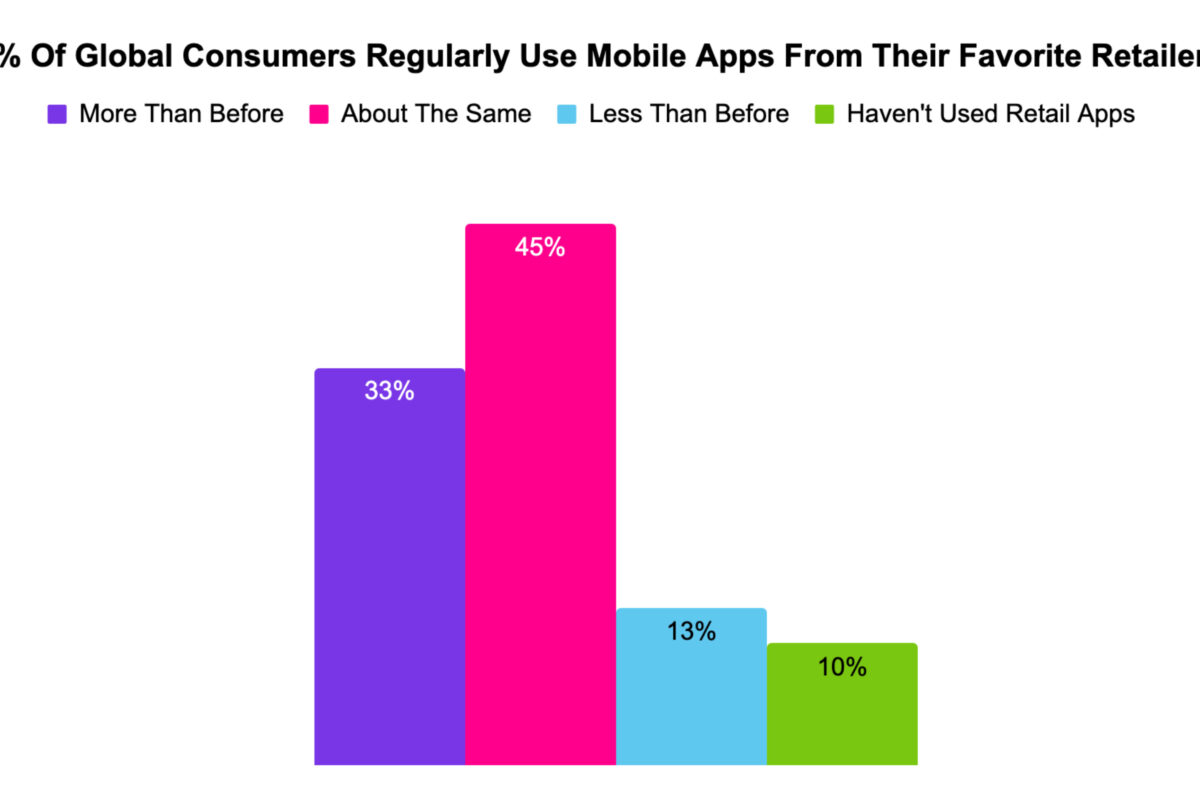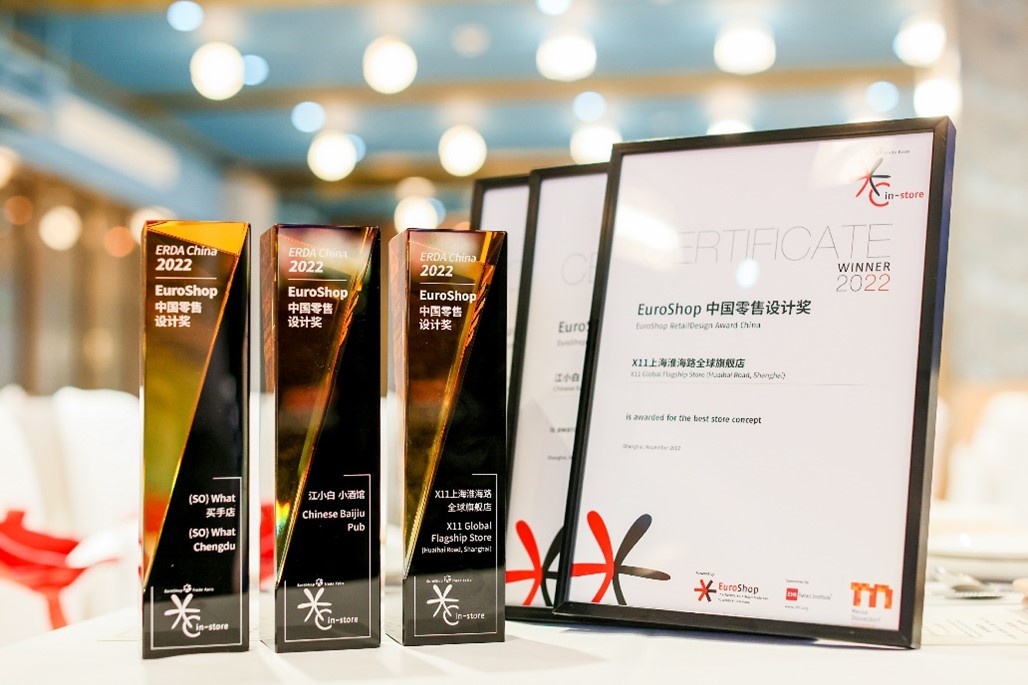Why are Asian e-commerce marketplaces like Wish, AliExpress, and Joom so popular with German customers?
by Katja Laska (exclusively for EuroShop.mag)
Longer delivery times, occasional difficulties at customs – no matter! Marketplaces like Wish, AliExpress, or Joom are hugely popular with consumers despite these hitches. What makes Amazon’s and eBay’s Asian competitors so attractive to German shoppers?

©unsplash
A look at the German virtual retail landscape inevitably takes you to e-commerce giants like eBay and Amazon. But the two are feeling the pressure of increased competition from Asia. Online marketplaces like Wish, Joom, and AliExpress are hot on the retailers’ heels and are vying for the attention of consumers – and are giving the giants a good run for their money. Here are a few stats to allow for comparisons: While eBay had 856 million visits in December 2019, 600 million shoppers checked out Aliexpress. The same month, Wish also saw a record 112 million visitors.
But first, let’s take a look at the marketplaces: Wish is a mobile shopping app that consumers most frequently use for browsing purposes, followed by Ali-Express and Joom. However, people tend to order and buy from platforms like Chinabrands and Banggood.
But what makes these retailers from the Far East so attractive to Germans? The two authors of the recent ECC Club Study 2020 “Adventure, Thrill or Risk? Why Customers Order from Wish and Co.” (Abenteuer, Nervenkitzel oder Risiko? Warum Kunden bei Wish und Co. bestellen) tried to find an answer to this question and examined the shopping behavior of 1,200 consumers.
What is the secret to success?
There are some distinct differences between the “commonly used” and the “newly discovered” marketplaces. The former are known for their security, speed, and service. But does that really play a pivotal role in consumers’ purchase decisions? Products in the Far East shopping cart take a long time to be shipped and delivered to German households. What’s more, the quality of the items is often definitely lower and needs improvement. Another drawback is potential customs charges. These aspects should discourage shoppers from Far East purchases, yet shipping times and poor quality don’t seem to deter people. “It is interesting that shoppers sometimes deliberately accept (these drawbacks) if it means lower prices,” according to the study. Of the respondents, 73 percent state that low prices are more important to them than fast shipping, with 68 percent being willing to accept several weeks for delivery if the chosen product is far more expensive in Germany. Product returns might also come into play in this case because money is often quickly and easily refunded without the need to return the ordered item. The researchers also state that the exclusivity of the products – which are often not available for purchase in Germany – is the main reason shoppers use platforms based in the Far East.

Zalando, Amazon & Co. get more and more competition from Far East // ©unsplash
Additional characteristics that might play a decisive role pertain to what customers want and expect: the core product of Amazon and eBay is convenience, making it their unique selling point. Wish and similar platforms take a different approach and focus on best deals, bargains, and inspiration. 71 percent of respondents use Wish and other platforms because they like to browse for creative inspiration. That percentage goes up to 86 percent of respondents who shop extensively on the Chinese platforms. “Some shoppers even admit that using the new marketplaces feels like an addiction as some spend hours on these sites. […] Added to this is the thrill of not knowing when or if their order will arrive. Some even liken it to the ’sense of anticipation before Christmas’”. It’s clear that there are emotional buying motives of consumers versus rational and functional decisions (as is the case with Amazon) at play. That’s why these marketplaces skillfully pull at these “strings” by using data-driven marketing. Countdown timers are a tool that seduces nearly one-third of shoppers into ordering immediately. Coupons and discount codes are other popular devices. “The new marketplaces tend to be price-driven. Wish and similar platforms focus on this pricing strategy to attract new customers,” according to the researchers.
What’s next on the agenda?
The study shows there is a race to catch up underway. But to really gain speed and win over customers, the Asian competitors will need to step things up. So far, we see a “look but don’t touch” approach as shoppers still buy most of their essentials from Amazon. However, competing in the race is by no means a hopeless endeavor because customers look for inspiration and low prices and want these needs to be met. So far, Amazon and eBay have not managed to do this quite as well as Wish, Joom, and AliExpress. But if the day comes when these platforms succeed at improving their quality and delivery services, they might take a spot on the (customer) winners’ podium.




















